Related Research Articles
Dred Scott v. Sandford, 60 U.S. 393 (1857), was a landmark decision of the United States Supreme Court that held the U.S. Constitution did not extend American citizenship to people of black African descent, and therefore they could not enjoy the rights and privileges the Constitution conferred upon American citizens. The decision is widely considered the worst in the Supreme Court's history, being widely denounced for its overt racism, judicial activism, poor legal reasoning, and crucial role in the start of the American Civil War four years later. Legal scholar Bernard Schwartz said that it "stands first in any list of the worst Supreme Court decisions". A future chief justice, Charles Evans Hughes, called it the Court's "greatest self-inflicted wound".

Alexander Baring, 1st Baron Ashburton was a British politician and financier, and a member of the Baring family. Baring was the second son of Sir Francis Baring, 1st Baronet, and of Harriet, daughter of William Herring.

Mungo Park was a Scottish explorer of West Africa. After an exploration of the upper Niger River around 1796, he wrote a popular and influential travel book titled Travels in the Interior Districts of Africa in which he theorized the Niger and Congo merged to become the same river, though it was later proven that they are different rivers. He was killed during a second expedition, having successfully travelled about two-thirds of the way down the Niger.
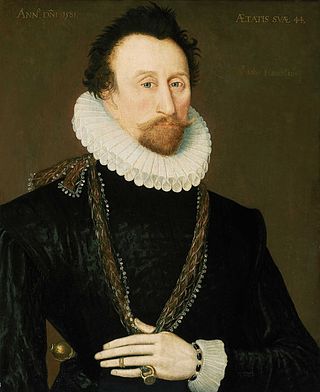
Admiral Sir John Hawkins was an English naval commander, naval administrator, privateer and slave trader.

Thomas Clarkson was an English abolitionist, and a leading campaigner against the slave trade in the British Empire. He helped found the Society for Effecting the Abolition of the Slave Trade and helped achieve passage of the Slave Trade Act 1807, which ended British trade in slaves.
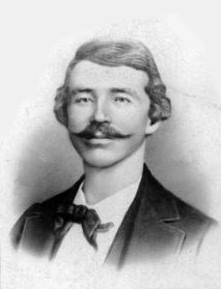
William Clarke Quantrill was a Confederate guerrilla leader during the American Civil War.
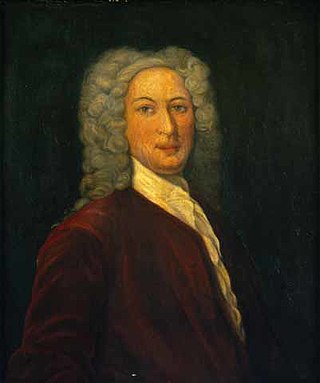
Philip Livingston was an American merchant, slave trader and politician in colonial New York. The son of Robert Livingston the Elder and elder brother of Robert of Clermont, Philip was the second lord of Livingston Manor.
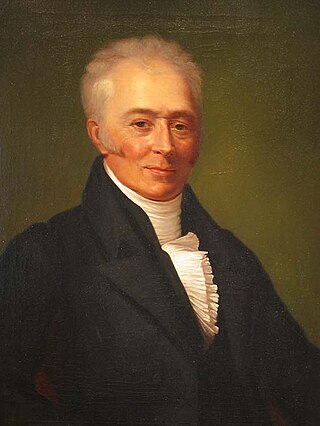
Samuel Greg was an Irish-born businessman and industrialist of the Industrial Revolution and a pioneer of the factory system. Born in Belfast, Ireland, he moved to England and built Quarry Bank Mill in Styal, Cheshire, which at his retirement was the largest textile mill in the country. He and his wife Hannah Greg assumed welfare responsibilities for their employees, many of whom were children, building a model village alongside the factory. At the same time, Greg inherited and operated a slave plantation in the West Indies.

Bunce Island is an island in the Sierra Leone River. It is situated in Freetown Harbour, the estuary of the Rokel River and Port Loko Creek, about 20 miles upriver from Sierra Leone's capital city Freetown. The island measures about 1,650 feet by 350 feet and houses a castle that was built by the Royal Africa Company in c.1670. Tens of thousands of Africans were shipped from here to the North American colonies of South Carolina and Georgia to be forced into slavery, and are the ancestors of many African Americans of the United States.

Sir Francis Baring, 1st Baronet was an English merchant banker, a member of the Baring family, later becoming the first of the Baring baronets.

Sir John Gladstone, 1st Baronet, was a Scottish merchant, planter and Tory politician best known for being the father of British Prime Minister William Ewart Gladstone. Born in Leith, Midlothian, through his commercial activities he acquired ownership over several slave plantations in the British colonies of Jamaica and Demerara-Essequibo; the Demerara rebellion of 1823, one of the most significant slave rebellions in the British Empire, was started on one of Gladstone's plantations.
James Dick was a Scottish merchant, philanthropist and slave trader. Born in Forres, County of Moray, Dick left Scotland at the age of 19 and travelled to the West Indies, settling down in Kingston, Jamaica as a clerk in a local merchant house. In Jamaica, he established his own business importing enslaved people and exporting local produce to London, in the process becoming immensely wealthy. Dick returned to Britain and died c. 1828. Following his death, he bequeathed £113,787 to improve teaching among the schoolmasters in Scotland, which became known as the Dick Bequest. In recent years, the bequest has become controversial due to Dick's involvement in the Atlantic slave trade.

Sir John William Anderson, 1st Baronet was a British politician.
Alexander Tennant, born in Ochiltree, Ayrshire in 1772, was a leading British colonist in the Cape Colony of the Cape of Good Hope, an enterprising merchant, a brother to industrialist Charles Tennant and a friend of Robbie Burns.
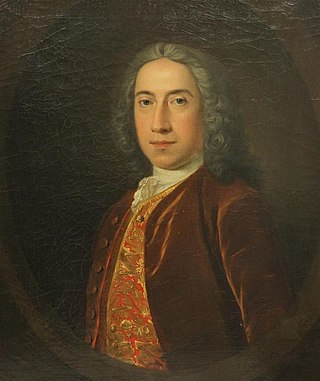
Richard Oswald was a Scottish merchant, slave trader and diplomat. During the American Revolution, he served as an advisor to the North ministry on trade regulations and the best way to respond to the American War of Independence. Oswald is best known for being one of the British peace commissioners who negotiated the Peace of Paris in 1782.
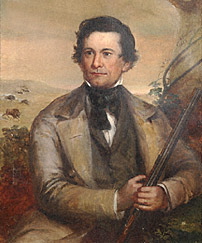
Peter Abadie Sarpy was a French-American entrepreneur and fur trader. He was the owner and operator of several fur trading posts essential to the development of the Nebraska Territory and a thriving ferry business. Also, he helped plan the towns of Bellevue and Decatur, Nebraska. Nebraska's legislature named Sarpy County after him in honor of his service to the state.
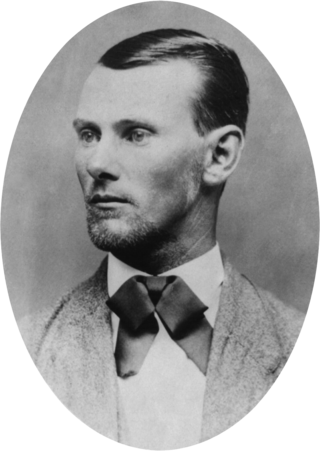
Jesse Woodson James was an American outlaw, bank and train robber, guerrilla and leader of the James–Younger Gang. Raised in the "Little Dixie" area of Missouri, James and his family maintained strong Southern sympathies. He and his brother Frank James joined pro-Confederate guerrillas known as "bushwhackers" operating in Missouri and Kansas during the American Civil War. As followers of William Quantrill and "Bloody Bill" Anderson, they were accused of committing atrocities against Union soldiers and civilian abolitionists, including the Centralia Massacre in 1864.
John Francis Alexander Sanford (1806–1857) was a frontiersman of the American west who worked with Native American tribes as an Indian agent. He later joined Pierre Chouteau Jr. in a fur trapping and trading business. He extended his interests into other areas of commerce and became very wealthy. In the final years of his life he was involved with the landmark court case of Dred Scott v. Sandford [sic], which is perhaps what he is best known for today. He suffered mental illness and died in an asylum.

Alexander Dennistoun was a Scottish merchant, bank director, property developer and, for two years, from 1835 to 1837, a Member of Parliament for Dunbartonshire. He was responsible for establishing the Glasgow residential area Dennistoun, named after him.
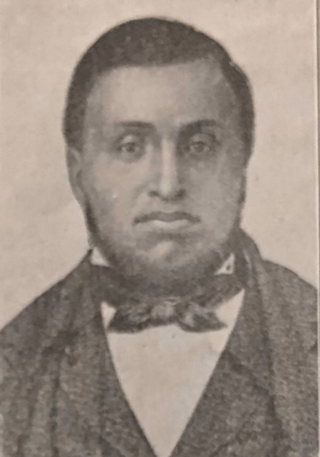
John R. Anderson, also known as J. Richard Anderson, was an American minister from St. Louis, Missouri, who fought against slavery and for education for African Americans. As a boy, he was an indentured servant, who attained his freedom at the age of 12. Anderson worked as a typesetter for the Missouri Republican and for Elijah Parish Lovejoy's anti-slavery newspaper, the Alton Observer. He founded the Antioch Baptist Church in Brooklyn, Illinois and then returned to St. Louis where he was a co-founder and the second pastor of the Central Baptist Church. He served the church until his death in 1863.
References
- ↑ Draper, Nick (2008). "The City of London and slavery: evidence from the first dock companies, 1795–1800". Economic History Review. 61 (2): 432–466. doi:10.1111/j.1468-0289.2007.00400.x.
- 1 2 Rawley, James (2003). London, Metropolis of the Slave Trade. Columbia, Missouri: University of Missouri Press.: 140